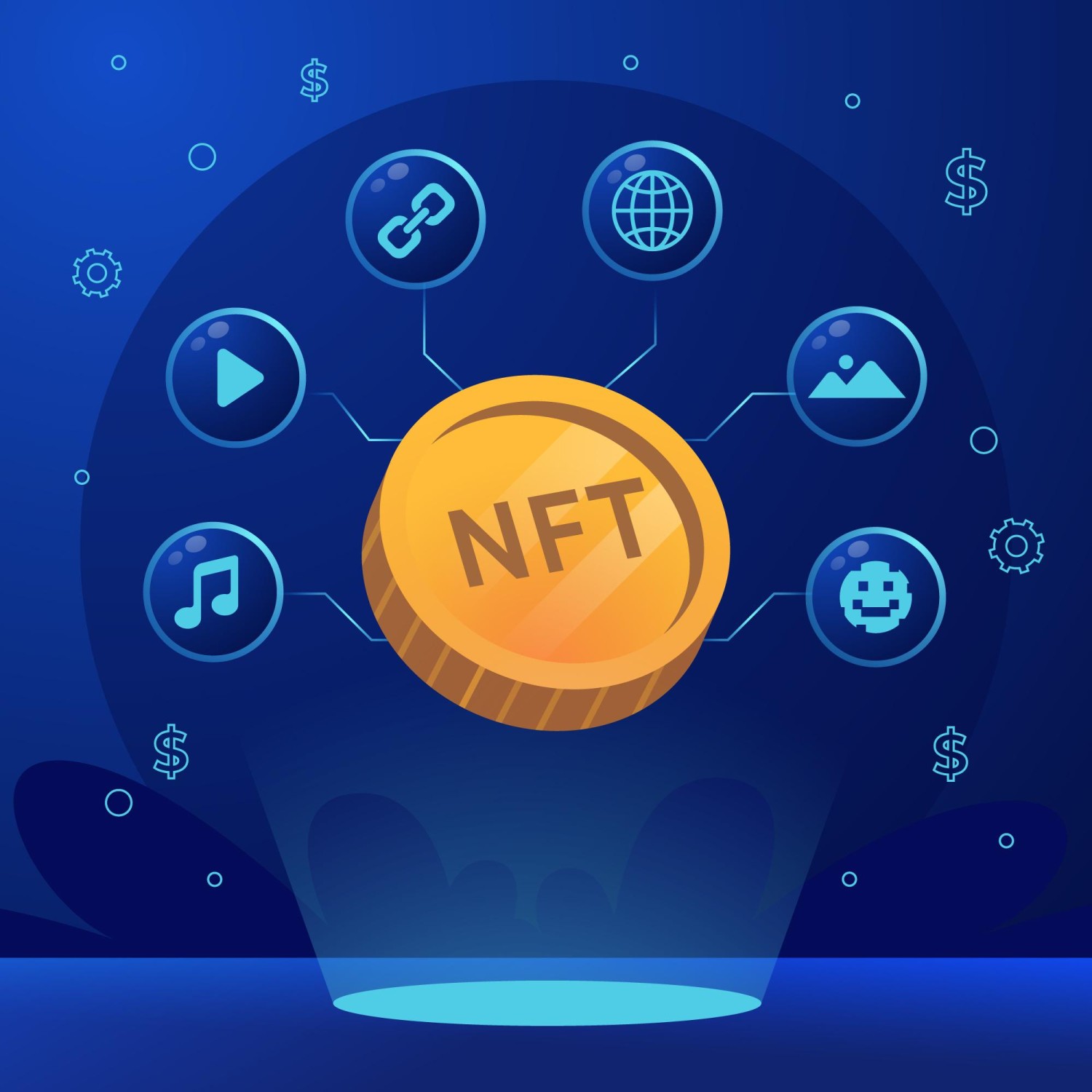Software development has always had its fair share of trends, movements, and philosophies. Some stand the test of time, while others fade into obscurity. One such phenomenon that has gained traction over the past months is "vibe coding"—an approach to programming that prioritizes instinct, creativity, and a free-spirited approach over structured engineering principles. While vibe coding has led to some exciting breakthroughs, the tide is turning. The chaotic, unstructured nature of this movement is proving unsustainable, and the industry is shifting towards a more disciplined, systematic approach. This article explores why vibe coding is dying, what’s replacing it, and how developers can adapt to the new era.
What is Vibe Coding?
Vibe coding is a term that describes a particular style of software development where intuition, improvisation, and aesthetic choices drive the coding process more than formal design patterns, architecture, or structured methodologies. This approach is often found in:
- Hackathons, where speed matters more than structure
- Startup environments, where rapid iteration is prioritized over documentation
- Passion projects, where developers explore ideas without constraints
- Creative coding communities, where expression takes precedence over efficiency
Vibe coders often write software the way artists paint—starting with an idea and letting the project evolve organically. The mantra of "it works, ship it" is deeply embedded in this culture. However, as software projects grow in complexity and require scalability, maintainability, and reliability, the limitations of vibe coding become painfully clear.
The Rise of Vibe Coding
The rise of vibe coding can be traced back to several factors:
1. The Startup Boom
With the explosion of startups in the 2010s, developers were encouraged to build minimum viable products (MVPs) as quickly as possible. The priority was to iterate fast, attract users, and secure funding. This environment rewarded developers who could churn out code quickly, often at the expense of best practices.
2. The Influence of Open Source and Indie Devs
Indie developers and open-source communities thrived on a more relaxed approach to software development. Many groundbreaking libraries and frameworks emerged from single developers experimenting late at night, driven by inspiration rather than meticulous planning.
3. The Culture of Hackathons and Bootcamps
Coding bootcamps and hackathons celebrated rapid development and creative problem-solving. This encouraged an ethos of "just build it," often overlooking long-term maintainability.
4. The Glamour of Rock Star Developers
Stories of genius programmers building entire applications overnight became legend. This narrative fueled the idea that true skill in software development meant coding by intuition rather than by principles.
Why Vibe Coding is Dying
Despite its initial appeal, vibe coding is facing increasing pushback. The following factors highlight why this approach is no longer viable in today’s development landscape.
1. Scalability Issues
Many vibe-coded projects struggle to scale. What works as a quick prototype often becomes unmanageable when the project needs to support thousands or millions of users. Spaghetti code, lack of documentation, and absence of architectural planning lead to technical debt that can cripple a company.
2. Maintenance Nightmares
When vibe coders move on, their projects often become a nightmare for the next team. Codebases without structure, documentation, or consistent design patterns require excessive effort to debug, modify, or extend.
3. The Rise of DevOps and CI/CD
The modern software landscape is increasingly focused on continuous integration and deployment (CI/CD), automated testing, and infrastructure as code. Vibe coding doesn't fit well into these structured environments, where predictability and reliability matter more than quick hacks.
4. Regulatory and Security Concerns
With stricter regulations like GDPR, HIPAA, and SOC2 compliance, organizations need well-documented, secure, and auditable code. Vibe coding’s freewheeling approach is at odds with these requirements.
5. The Industry is Growing Up
As software development matures as an industry, it is expected to follow engineering disciplines. More companies are investing in structured development methodologies like Agile, DevOps, and domain-driven design (DDD). The Wild West era of coding is coming to an end.
What’s Replacing Vibe Coding?
With the decline of vibe coding, developers need to adapt to the new normal. Here’s what’s replacing it:
1. Principle-Driven Development
Companies are moving towards methodologies like Test-Driven Development (TDD), Behavior-Driven Development (BDD), and Clean Architecture. These approaches emphasize maintainability, predictability, and collaboration.
2. Stronger Code Review Cultures
Code reviews have become an essential part of the development workflow. This enforces accountability and ensures that projects adhere to best practices, reducing the risks associated with unchecked vibe coding.
3. AI-Assisted Development
Tools like GitHub Copilot and ChatGPT are helping developers write better-structured code. These AI tools are trained on best practices and can guide developers away from chaotic coding habits.
4. Increased Focus on Documentation
Modern development teams are prioritizing documentation, not just for compliance but for long-term efficiency. Better documentation means smoother onboarding for new developers and easier troubleshooting.
5. Platform Engineering and DevOps Standardization
DevOps and platform engineering principles are becoming the backbone of software development. These methodologies enforce automation, standardization, and scalability—things that vibe coding actively ignores.
How Developers Can Adapt
As the industry moves away from vibe coding, developers need to shift their mindset. Here’s how to stay relevant:
- Learn Structured Coding Practices – Study design patterns, architecture principles, and methodologies like SOLID and DDD.
- Embrace Testing – Unit tests, integration tests, and end-to-end tests ensure that your code is reliable.
- Improve Documentation Skills – Writing clear documentation is a valuable skill that makes you a better team player.
- Follow Industry Trends – Stay updated with DevOps practices, CI/CD pipelines, and infrastructure automation.
- Use AI Wisely – Leverage AI coding assistants to refine your code, not to reinforce bad habits.
Conclusion
The era of vibe coding is coming to an end. While it played an important role in fostering creativity and innovation, the software industry has matured. Scalability, maintainability, and security concerns have made structured development methodologies essential. The good news is that developers who embrace these changes will be better positioned for long-term success. Vibe coding may be dying, but the future of software development is brighter and more sustainable than ever.






